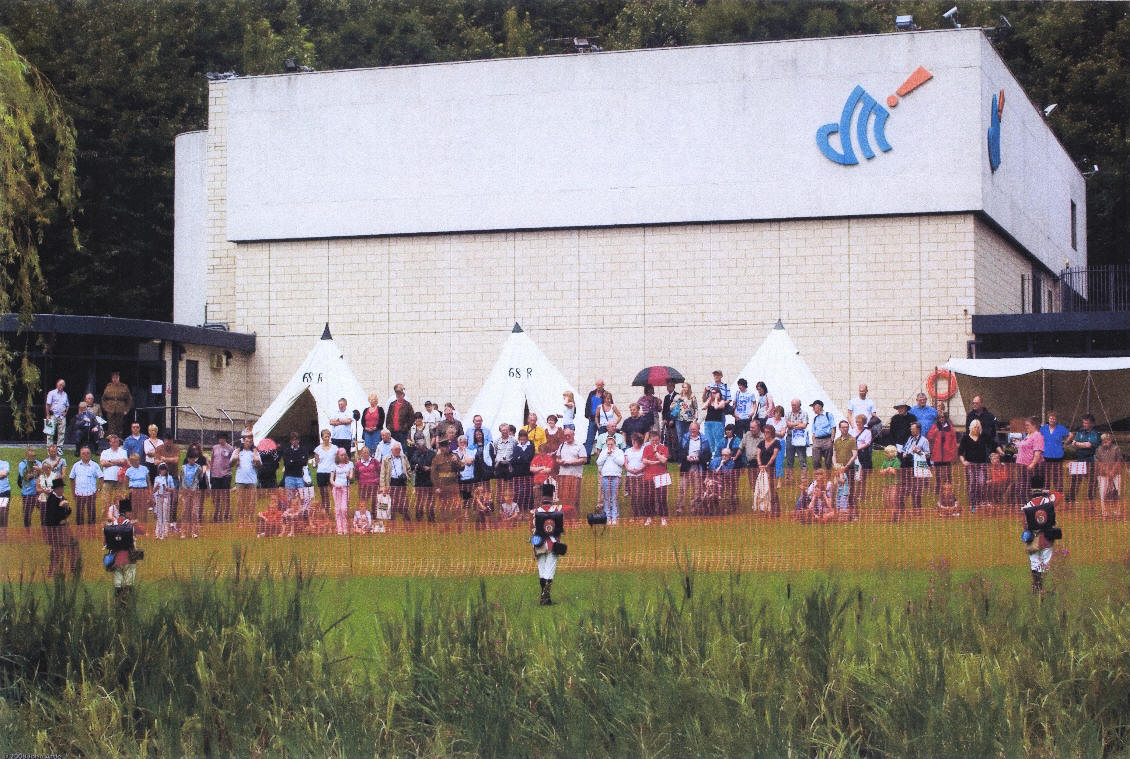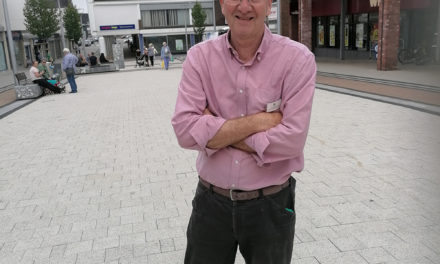Options for the future display of the Durham Light Infantry (DLI) Collection and Archive will be discussed next week, as well as potential uses for the former DLI museum building and its grounds.
Members of Durham County Council’s Cabinet will be advised that there are options to bring the building back into use as a wider culture and visitor destination, incorporating a significant dedicated space for items from the DLI collection as well as a gallery, exhibition areas and café.
Alongside plans for the new History Centre, this would allow for a second new site in the county for the display of the DLI Collection and Archive, increasing access for the public to view exhibits and artefacts and ensuring more of the county’s military history can be told.
A report to be presented to councillors on Wednesday, 29 September, recommends that further development work is carried out into the proposals, along with plans for the creation of a peace and contemplation garden in the grounds.
The recommendations follow a review, requested by Cabinet in June 2021, into whether the former DLI museum could be brought back into use to house the DLI collection in its entirety as well as possible options for repurposing the building.
The review found the building in its current state is not suitable to meet the required technical standards to store the growing collection or maintain accreditation for the DLI Collection and Archive.
The review, which took place during the summer, also found that returning and storing the entire DLI collection at the former museum would have a significant impact on plans for the History Centre and could risk grant funding that has already been approved.
In considering a potential use for the building, the review did find that there was clear scope to bring it back into use as a more flexible exhibition and gallery space, providing exhibition and display areas for DLI collection objects, visual art and items from the council’s range of collections.
The review also included a special session of the council’s overview and scrutiny committee, which was open to the public and key stakeholders. The session was well attended, with the majority recognising that the History Centre provides an appropriate permanent base for the collection and archive. The session has helped shape the recommendations in the review, particularly the use of the potential new space and improvements to the grounds.
Cllr Elizabeth Scott, Cabinet member for economy and partnerships, said: “We want to ensure that the DLI collection is displayed in the most appropriate way. We know many people feel that the former museum is a natural home for the collection, and we want to reflect that in our decision-making.
“We are very aware that the DLI collection holds a special place in the hearts of the people of County Durham and we want to honour and respect that as best we can.
“The work carried out so far indicates that repurposing the building as a cultural venue capable of displaying and storing a range of collections, alongside art exhibitions would be the most appropriate option. This would increase the council’s cultural offer and provide a location for other council-owned collections to be displayed.
“The creation of a new cultural space would also support the county’s bid to be named UK City of Culture 2025, as it would expand our capacity to host events, exhibit artwork and historical artefacts and offer a further opportunity for people to engage with culture.”
The DLI Museum closed in March 2016, after Cabinet agreed to introduce an alternative delivery model in light of falling visitor numbers and significant financial pressures. These revised arrangements include specialist storage at a council facility in Spennymoor and displays around the county, including at Palace Green Library.
In 2019, it was confirmed that the collection and archive would become part of the new History Centre to be developed on the site of Mount Oswald House in Durham City.
If Cabinet approves the recommendation to carry out further development work, it is anticipated that this can be presented to Cabinet in early 2022.










